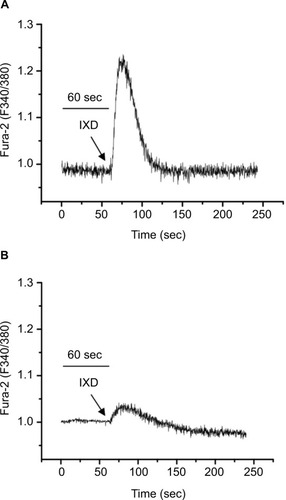Figures & data
Figure 1 Schematic diagram of the experimental design.

Figure 2 Effects of IXD extract on salivary parameters.
Abbreviations: IXD, Ixeris dentata; SEM, standard error mean; STZ, streptozotocin.
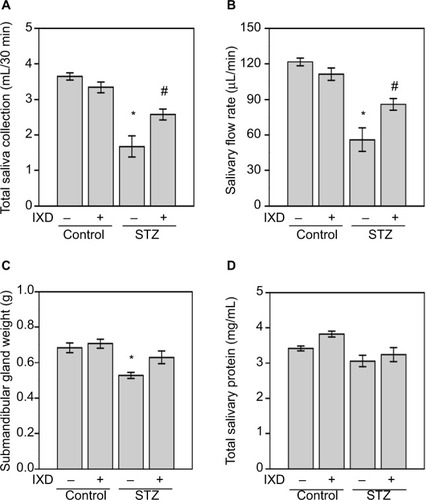
Figure 3 Effects of IXD extract on the morphology of submandibular glands and in salivary total protein expression.
Abbreviations: CBB, Coomassie Brilliant Blue; IXD, Ixeris dentata; SDS-PAGE, sodium dodecyl sulfate polyacrylamide gel electrophoresis.
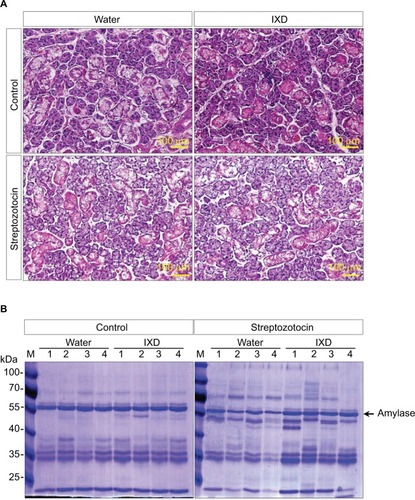
Figure 4 α-amylase protein expression was increased in IXD-treated diabetic rats
Abbreviations: IXD, Ixeris dentata; CBB, Coomassie Brilliant Blue.
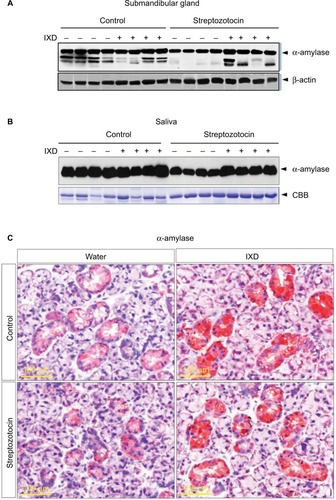
Figure 5 IXD extract increased AQP5 protein expression in submandibular gland tissue
Abbreviations: AQP5, aquaporin-5; IXD, Ixeris dentata; SMG, submandibular gland.
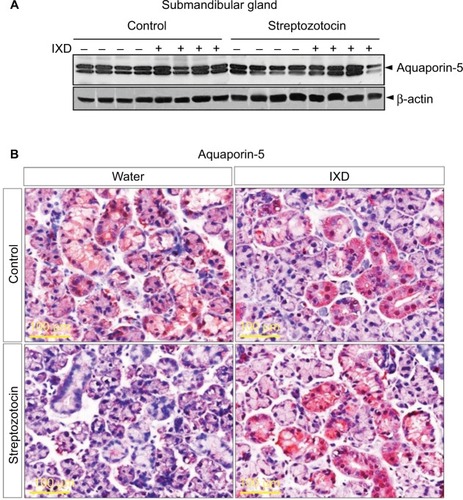
Figure 6 Confocal microscope images of immunofluorescence-detected α-amylase and AQP5 expression
Abbreviations: AQP5, aquaporin-5; STZ, streptozotocin; IXD, Ixeris dentata.
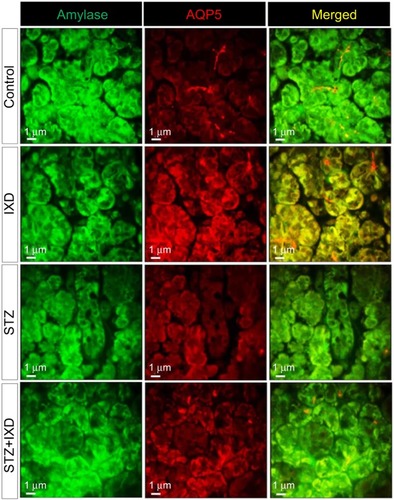
Figure 7 IXD extract treatment increased NHE1 expression in rat submandibular glands
Abbreviations: NHE1, sodium/hydrogen exchanger-1; IXD, Ixeris dentata.
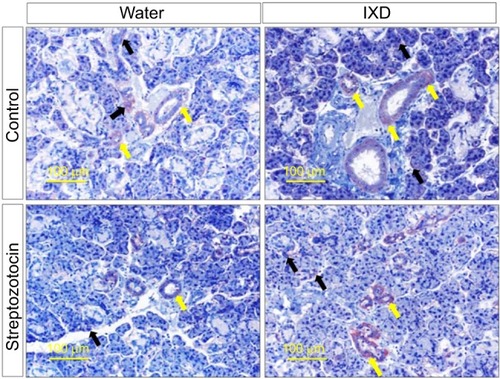
Figure 8 IXD extract increases intracellular calcium release in the HSG cells
Abbreviations: BAPTA-AM, 1, 2-Bis (2-aminophenoxy) ethane-N, N, N′, N′-tetraacetic acid tetrakis (acetoxymethyl ester); Ca2+, calcium; HSG, human salivary gland; IXD, Ixeris dentata.
